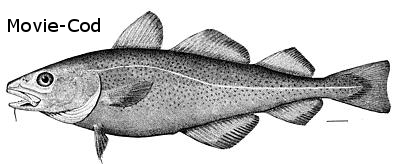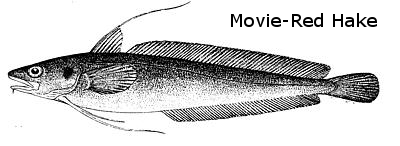Exploration of climate-induced shifts in historical and future distributions of marine species on the U.S. Northeast Shelf
To advance sustainable fisheries in the Northeast, The Nature Conservancy wanted to better understand the impacts of climate change on fish species. So, we partnered with the National Marine Fisheries Service, Northeast Fisheries Science Center (NEFSC), the government agency responsible for fishery science from Maine to Virginia. NEFSC has conducted trawl surveys since 1968, capturing data on more than 80 fish species over that time period. This data set is a rich source of information on trends in where fish species occur and how they have moved in response to changing sea temperatures.
In addition to analyzing historic data, this project used climate models to simulate potential outcomes for fish species in the future. Additionally, current and potential biomass hotspots and areas of high fish biodiversity can be identified to help highlight the implications for fishermen and communities that depend on fisheries resources. Together these results provide critical information for the development of spatial management strategies in response to climate change.
View sample animations by clicking on the fish images below.
 |  |
Major Project Takeaways
Historical perspective
- This project showed different patterns in the Gulf of Maine, a region with variable bottom topography and complex currents, as compared to the Mid-Atlantic Bight and Georges Bank, a region with more uniform depths.
- In the Gulf of Maine, the distribution of many species shifted to the southwest, possibly tracking cooler bottom temperatures. Species associated with cooler and deeper waters tended to shift to deeper waters.
- Along the Mid-Atlantic Bight and Georges Bank, many species shifted to the northeast, tracking shifts in temperature bands. In this region, species associated with shallow, warmer waters shifted northward at the greatest rates, generally staying in shallower waters.
Future perspective
- There will potentially be some major changes in the species occupying different regions of the U.S. Northeast Shelf.
- Species in the Mid-Atlantic Bight or Georges Bank may be future climate winners because they can shift northward or deeper.
- Species centered in the Gulf of Maine are likely to be climate losers because areas with suitable temperatures may not be available.
- Species that currently dominate the Mid-Atlantic Bight may shift into the Gulf of Maine.
- Deep pockets in the Gulf of Maine may become temperature refuges for species that currently occupy the region. Concentrations of species may result in increased vulnerability to fishing activity.
- Some species in the Gulf of Maine that cannot find suitable temperatures or temperature refuges may be pushed out of the region altogether.
- Shifting species distributions will require increased collaboration among governing bodies.
More Information...
Use the links on the right to download the full report, or a poster with the main points. Also, click on View Other Species Animations” to view or download other animations
